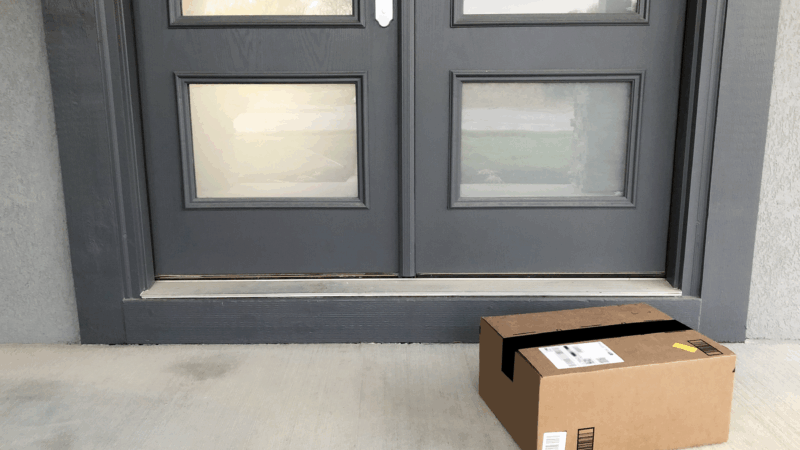Report: Alabama Children Improve on Health, Family Measures
Alabama improved on several measures of child health and well-being in the 2018 KIDS COUNT Data Book, an annual report by the Annie E. Casey Foundation, though the state lags compared to the rest of the nation. The study examined 16 indicators in four categories: economic well-being, education, health, and family and community. Alabama saw improvement in 11 of those indicators.
Alabama came in 42nd nationally in overall child well-being in the report released Tuesday. That’s the highest ranking ever for Alabama, with one important caveat: researchers say because of changes in the survey, this year’s ranking can’t be compared to previous ones.
Alabama led the nation in one indicator: low rates of teen alcohol and drug abuse. The survey found just 4 percent of Alabama teens (12- to 17-year-olds) abused alcohol and drugs in the last year. Alabama came in second nationally with only 2 percent of children without access to health insurance.
While Alabama improved in many areas, it still ranks higher than the national average on some indicators. A quarter of children in Alabama live in poverty compared to the national average of 19 percent. Alabama also saw 38 child and teen deaths per 100,000 compared to 26 nationally.
“Alabama has made great strides over the last few years, however, we still have a great deal of work to do,” says Rhonda Mann, interim executive director of VOICES for Alabama’s Children, which is part of the Annie E. Casey Foundation’s KIDS COUNT network. “If we are not implementing new policies for systemic change that will move the needle, then child well-being isn’t improving regardless of the state’s ranking.”
Click to see Alabama’s 2018 KIDS COUNT profile or read the entire report.
30 years ago, ‘Waiting to Exhale’ was the blockbuster Hollywood didn’t anticipate
The 1995 adaptation of Terry McMillan's novel celebrated the beauty of Black sisterhood.
When porch pirates steal medicine instead of holiday gifts
Mail theft can happen around the holidays, but sometimes, instead of getting a new iPad, the thief swipes a mail order medicine. Here's what to do about it.
Timothée Chalamet, a Neil Diamond tribute band and more in theaters for Christmas
Also in theaters this week, Jack Black and Paul Rudd star in a meta reimagining of Anaconda, Amanda Seyfried in a Shaker origin story, and Ralph Fiennes plays a World War I-era choirmaster.
In the snow, these salamanders get supercool
Blue spotted salamanders have been seen walking across snow and new research suggests how they get by in the cold.
U.S. and Ukraine reach consensus on key issues aimed at ending the war
The United States and Ukraine have reached a consensus on several critical issues, but sensitive issues around territorial control in Ukraine's eastern industrial heartland remain unresolved.
Despite Vatican-Israel tensions, Catholics and Jews work to build trust in Haifa
Religious leaders started getting together after Oct. 7, 2023, in the hope of preventing a repeat of Arab-Jewish violence that erupted after a previous conflict in Gaza two years earlier.








